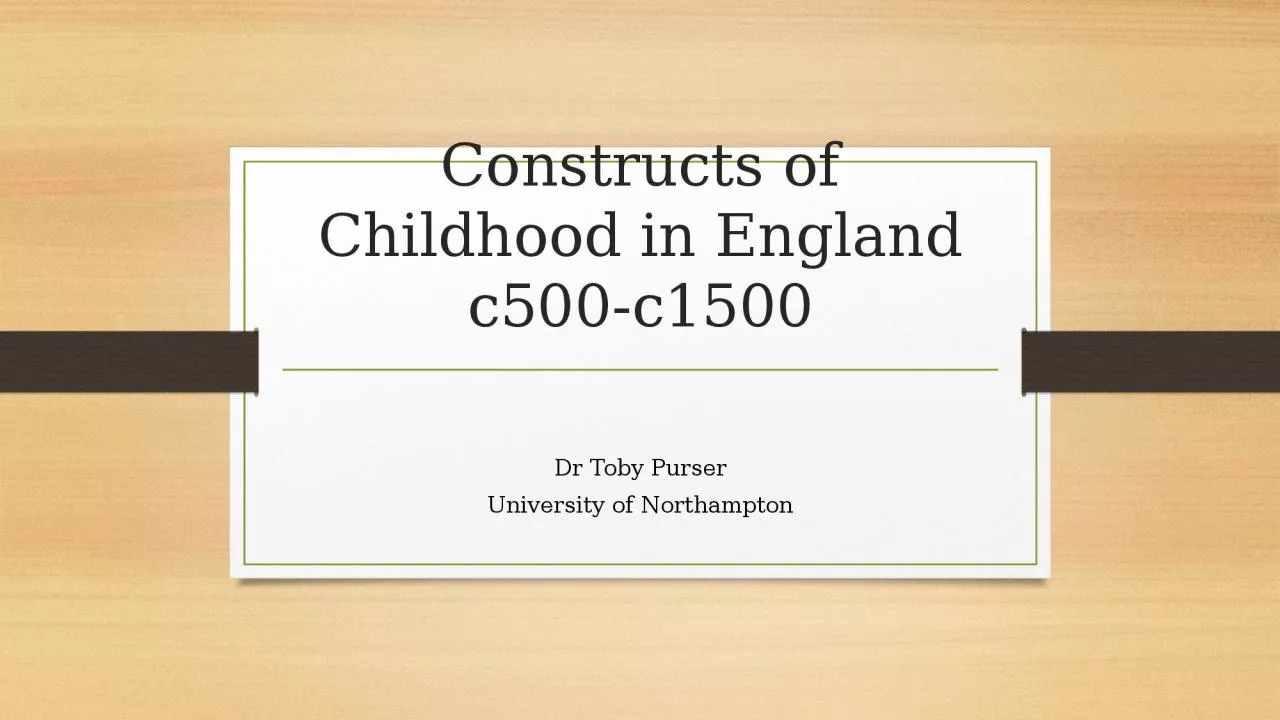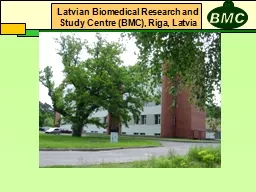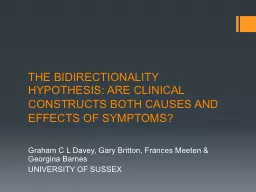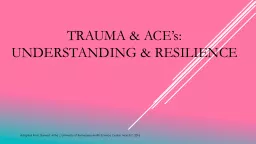PPT-Constructs of Childhood in England c500-c1500
Author : eddey | Published Date : 2024-01-29
Dr Toby Purser University of Northampton Was there such a thing as childhood Up till now it happened that the child which lay in the cradle although it had never
Presentation Embed Code
Download Presentation
Download Presentation The PPT/PDF document "Constructs of Childhood in England c500-..." is the property of its rightful owner. Permission is granted to download and print the materials on this website for personal, non-commercial use only, and to display it on your personal computer provided you do not modify the materials and that you retain all copyright notices contained in the materials. By downloading content from our website, you accept the terms of this agreement.
Constructs of Childhood in England c500-c1500: Transcript
Download Rules Of Document
"Constructs of Childhood in England c500-c1500"The content belongs to its owner. You may download and print it for personal use, without modification, and keep all copyright notices. By downloading, you agree to these terms.
Related Documents














